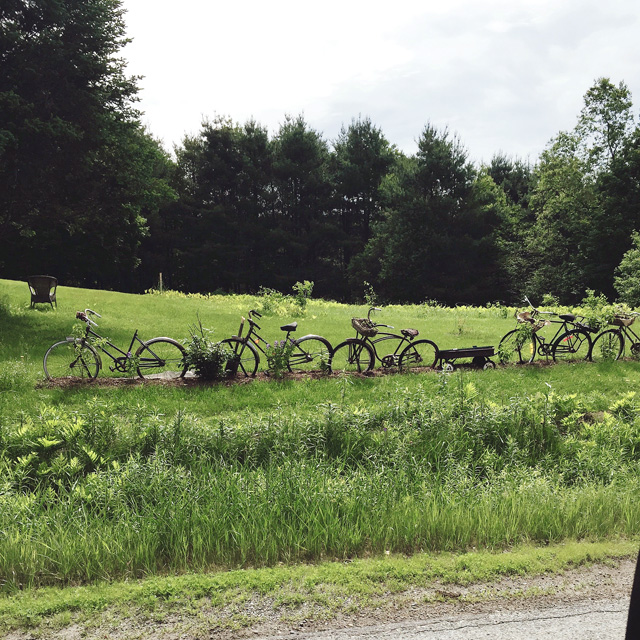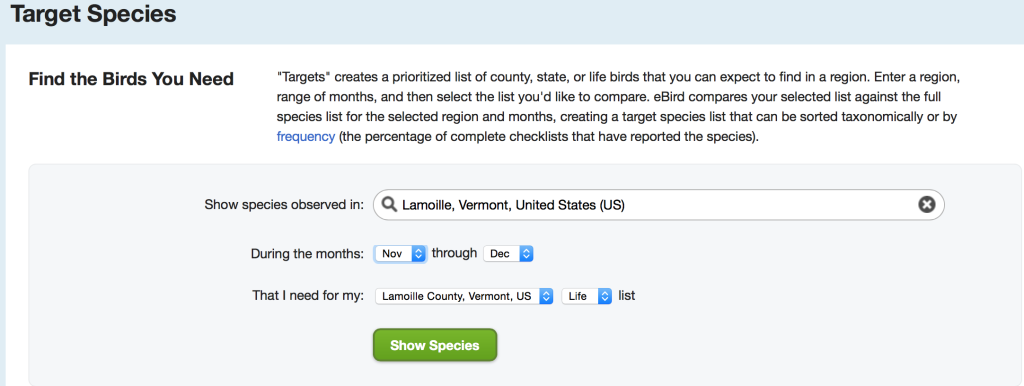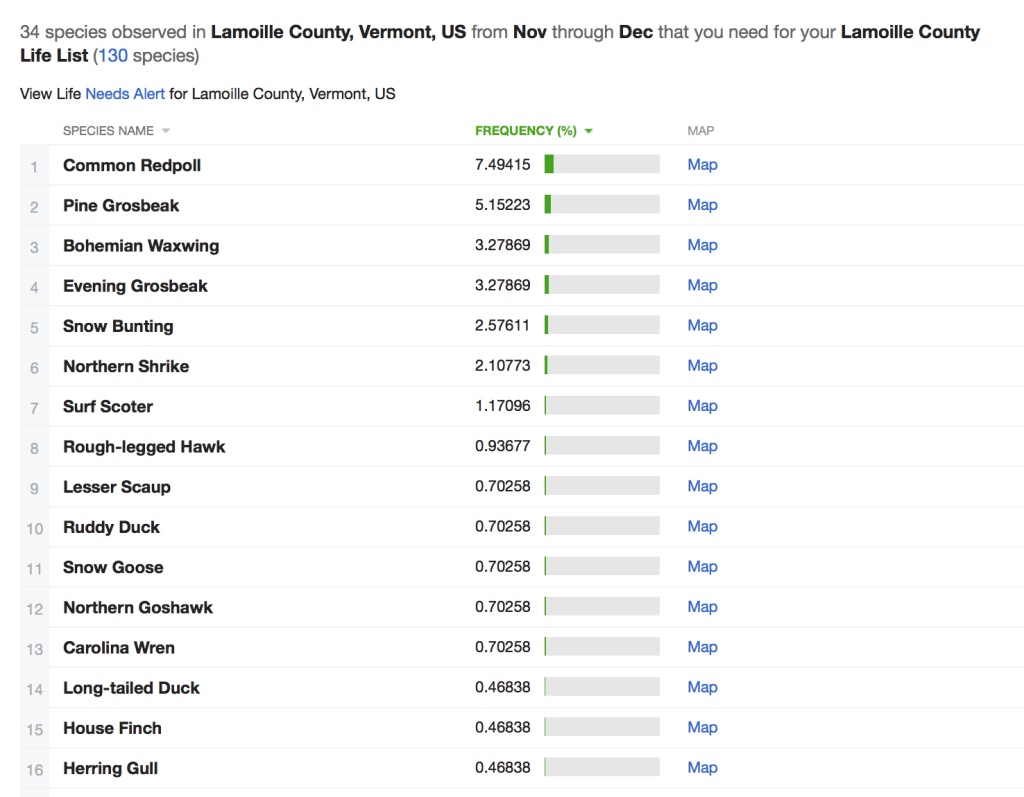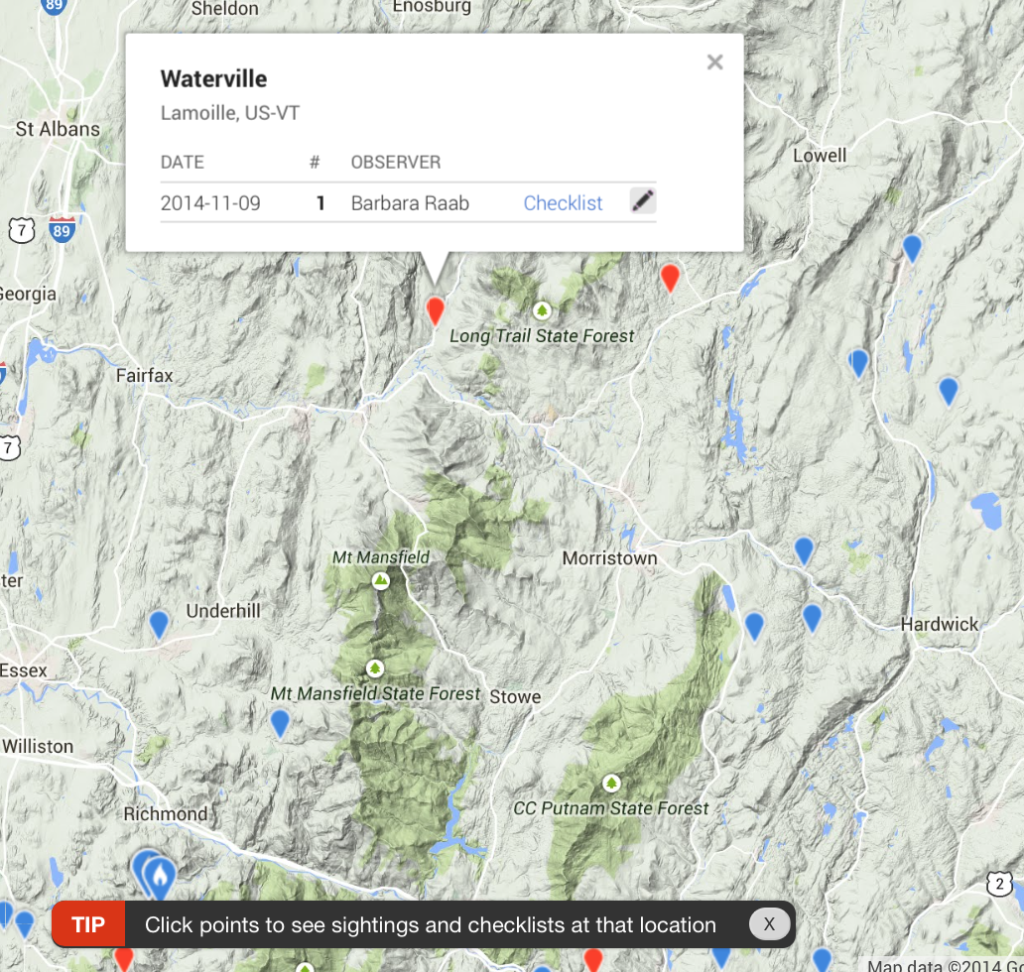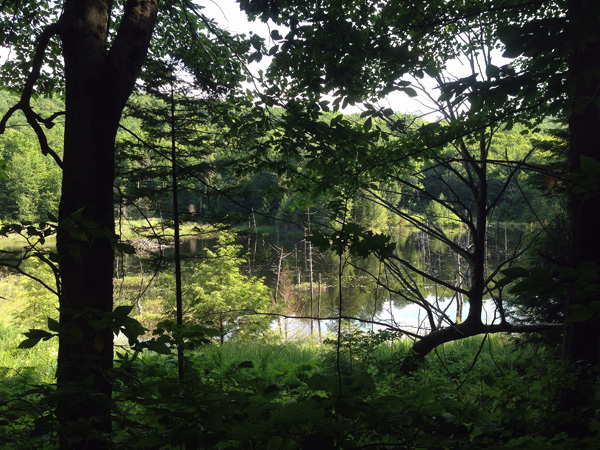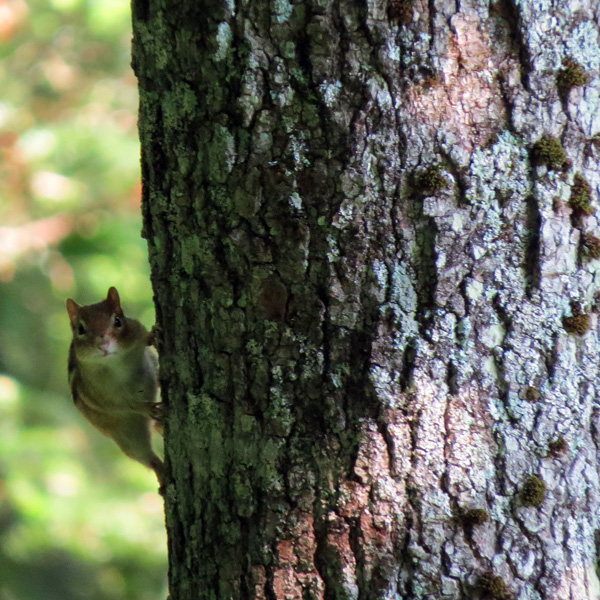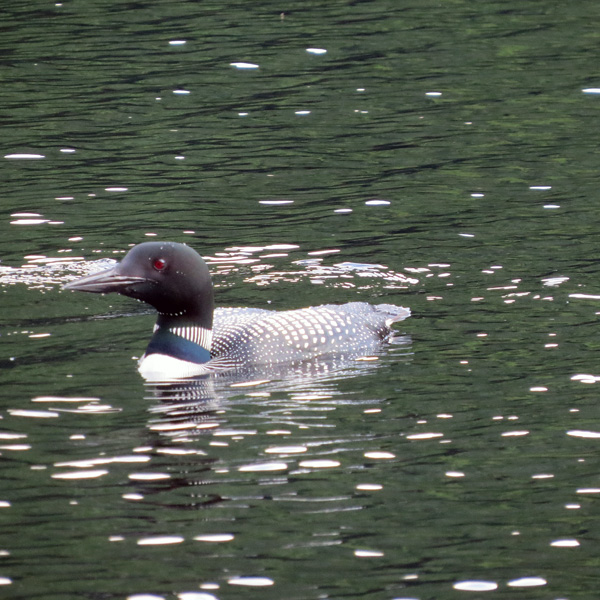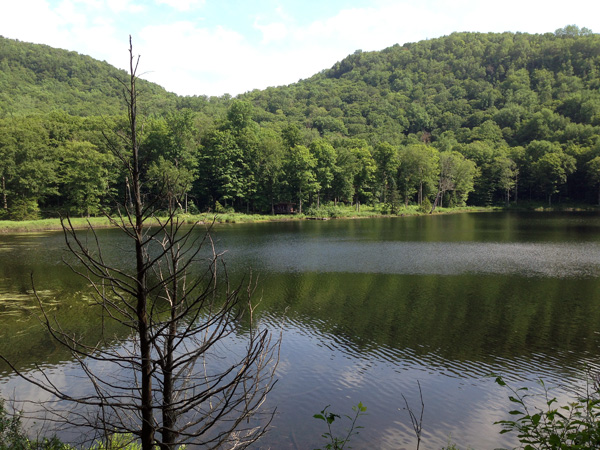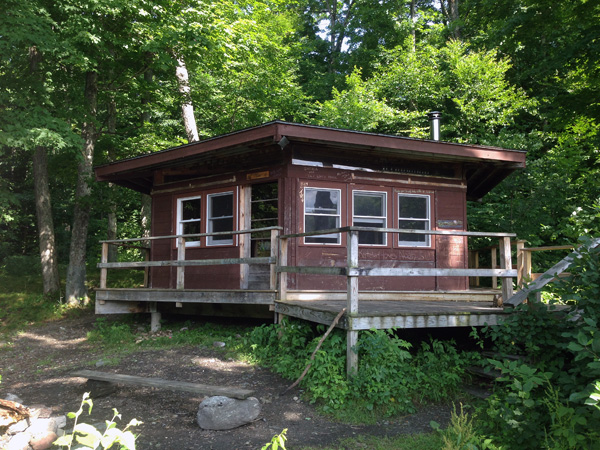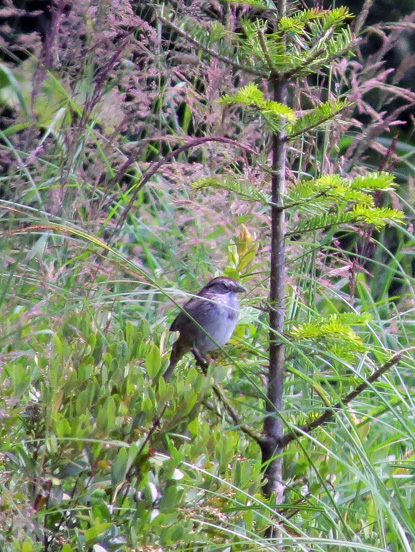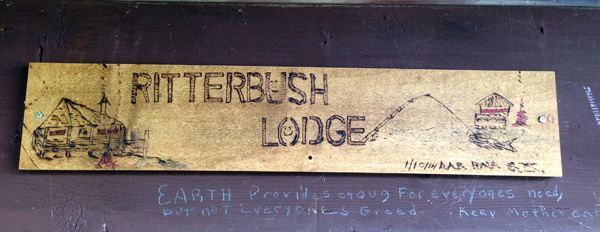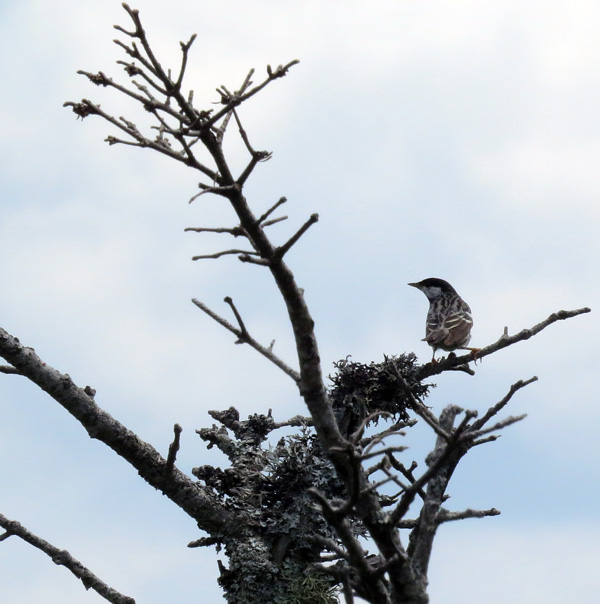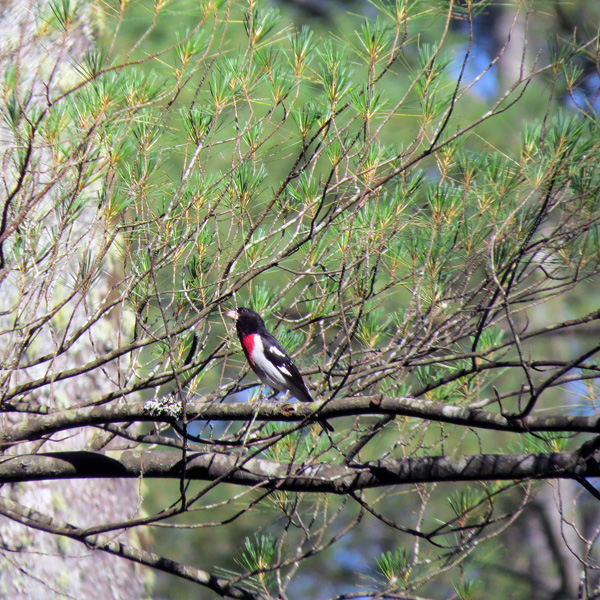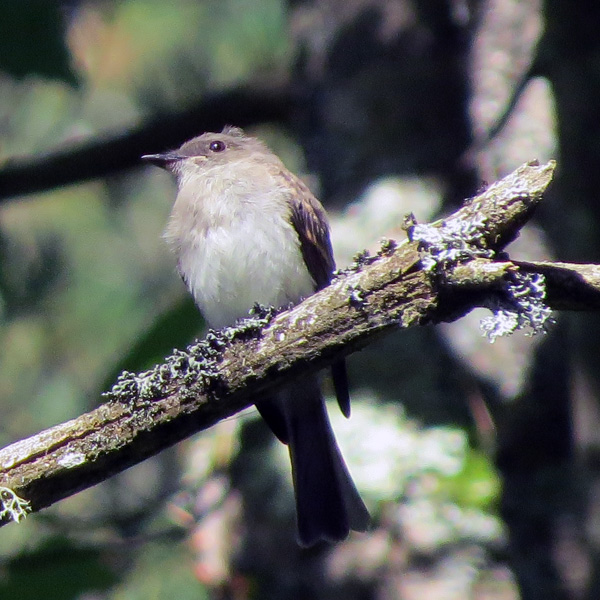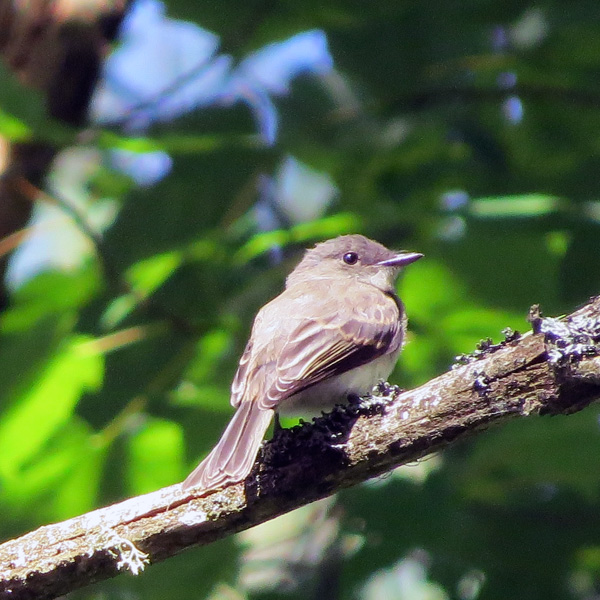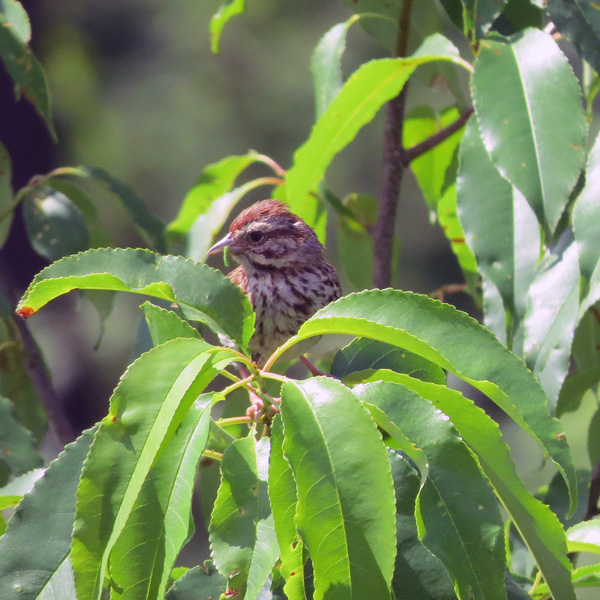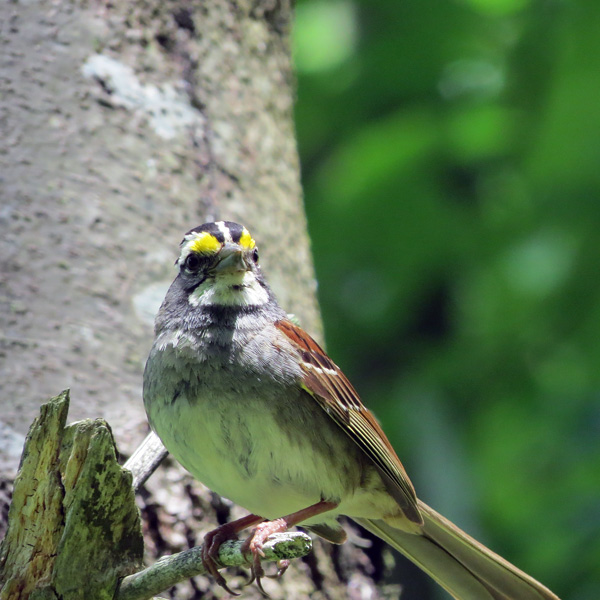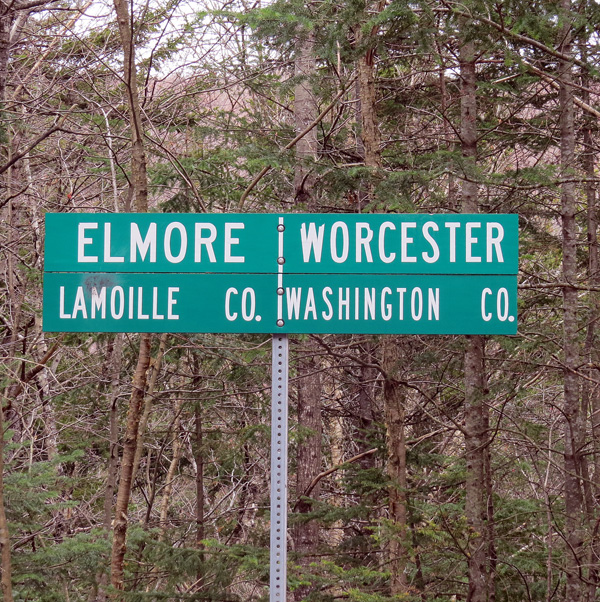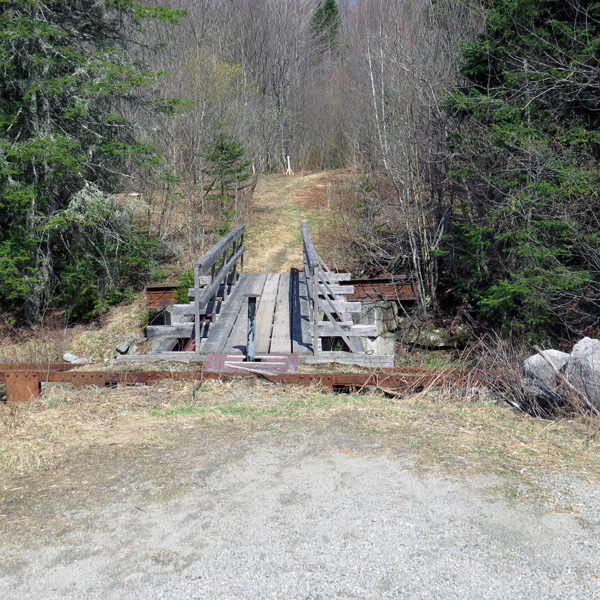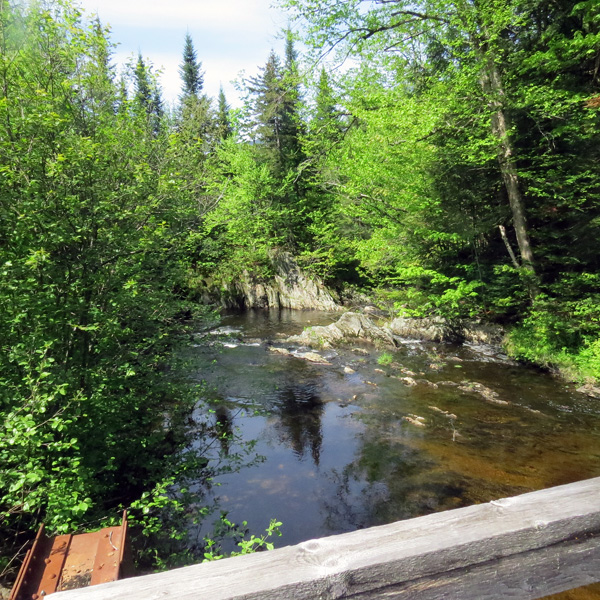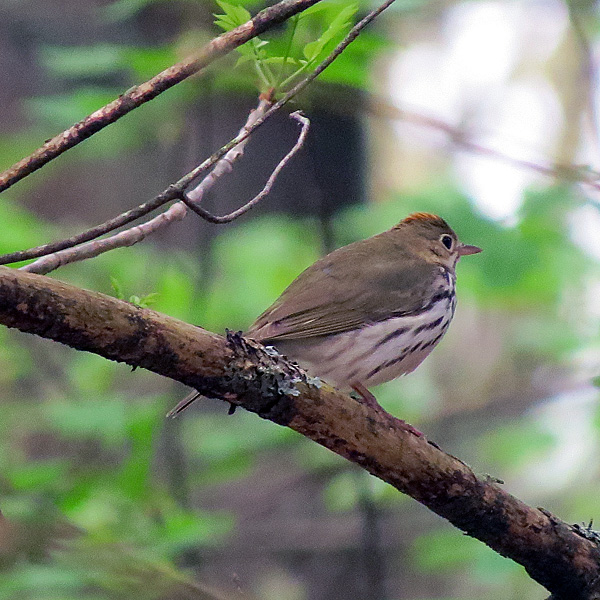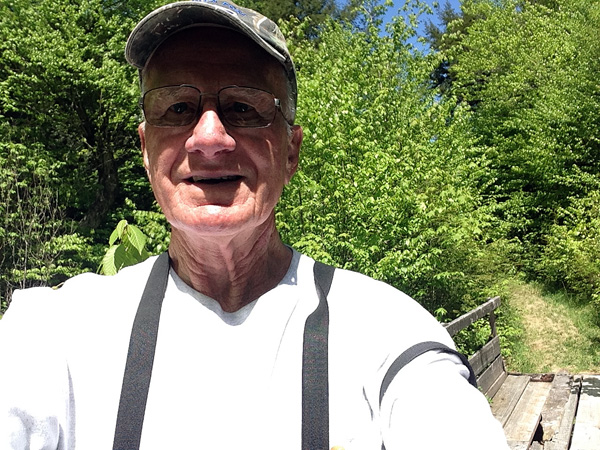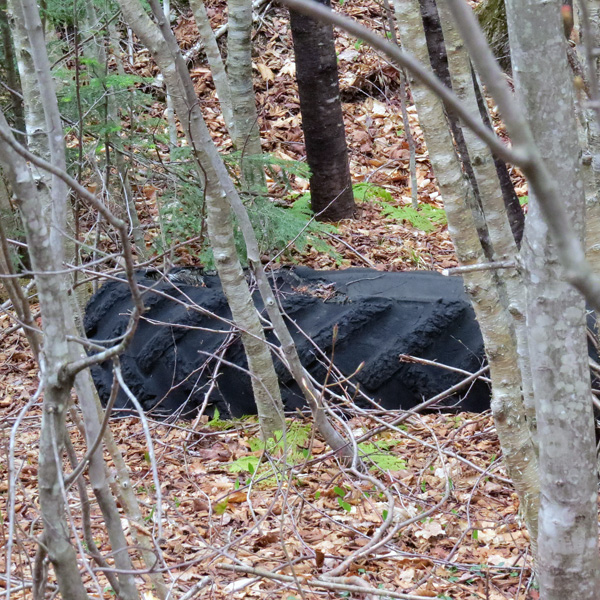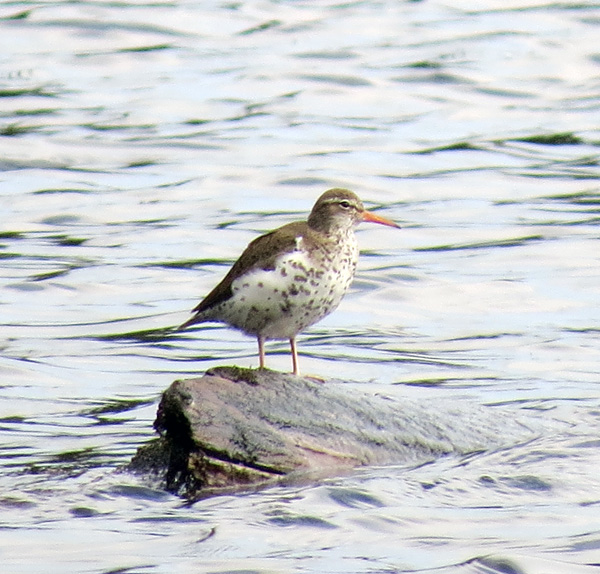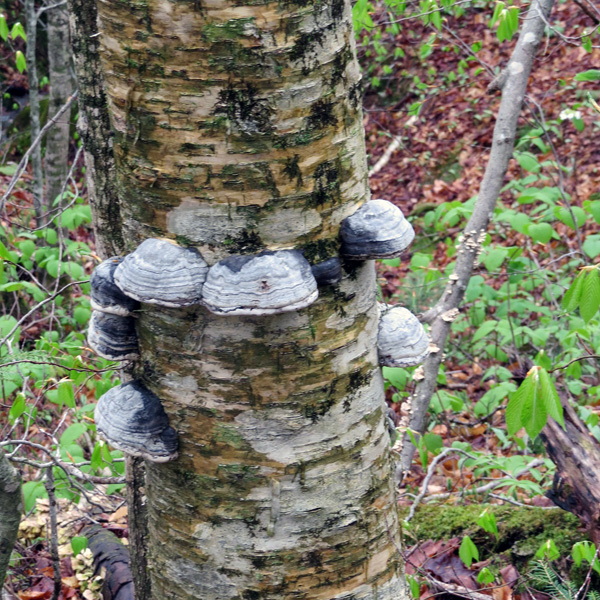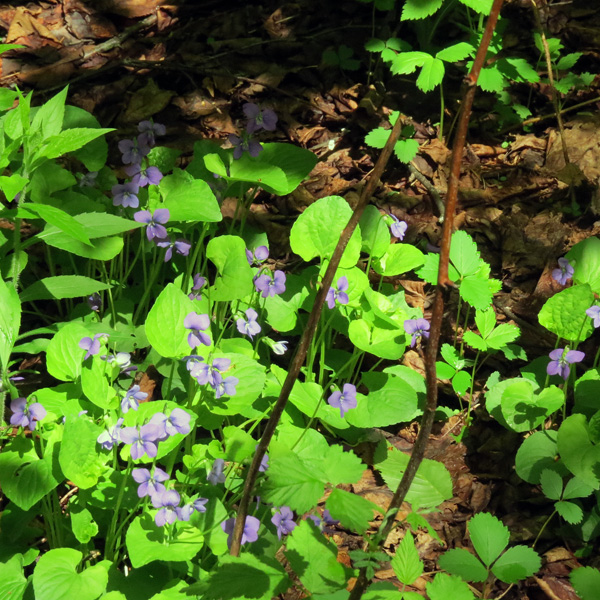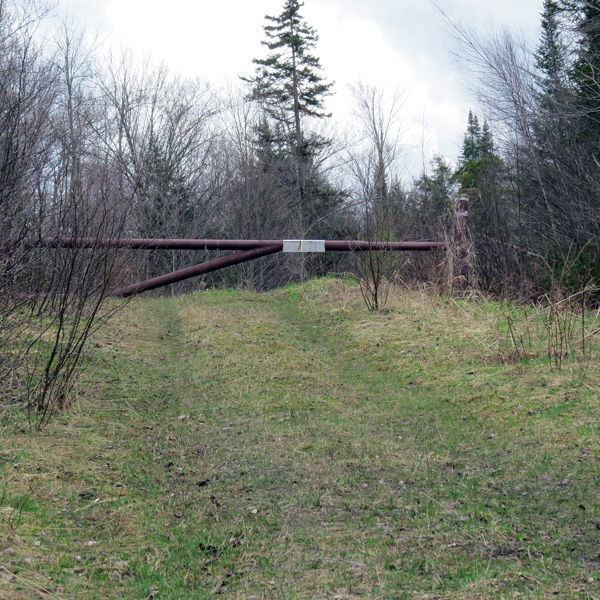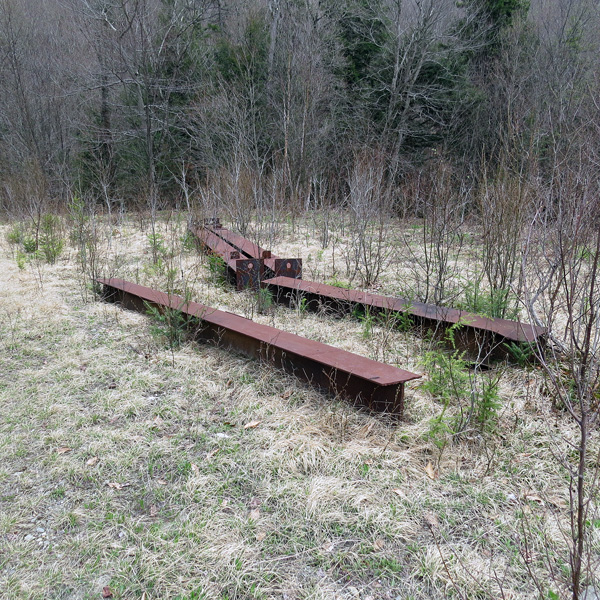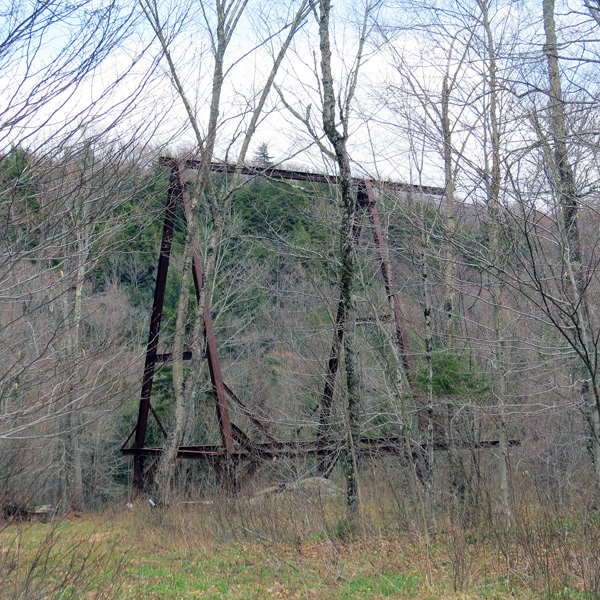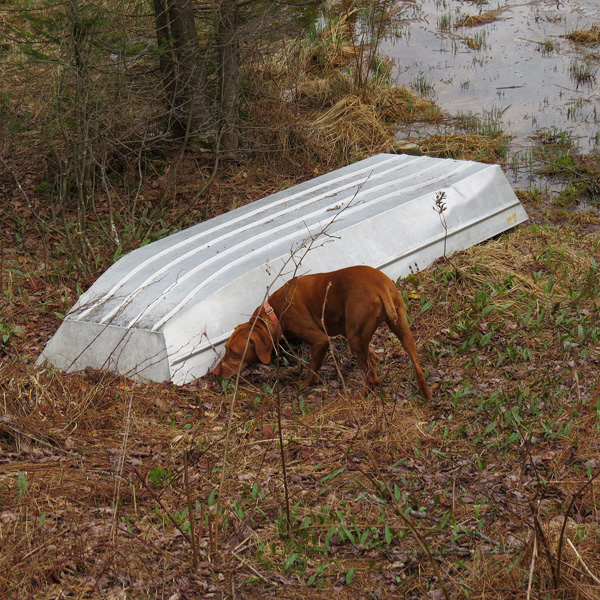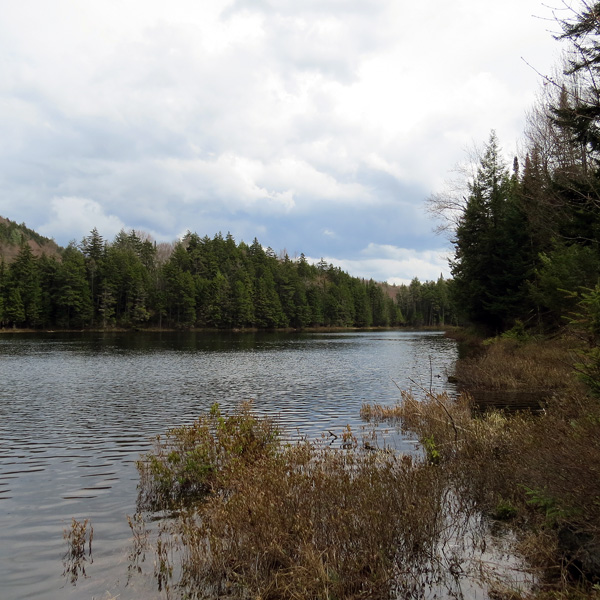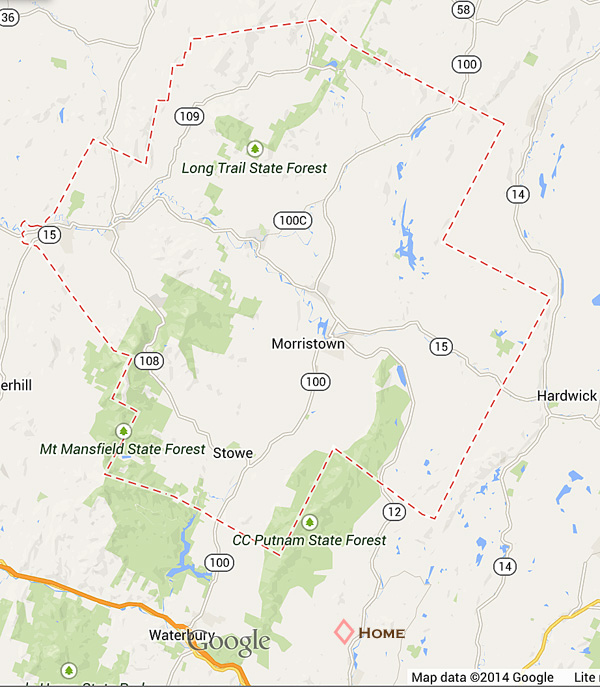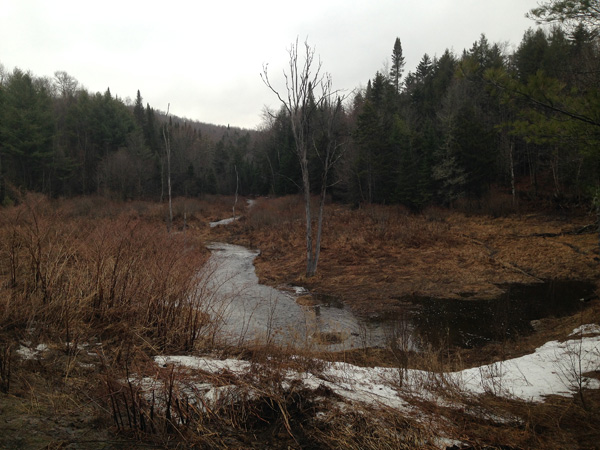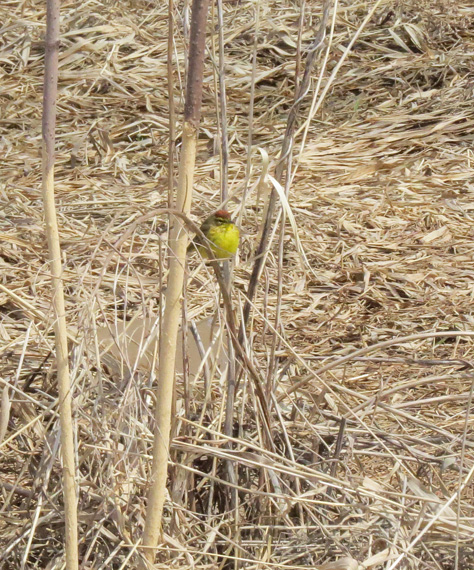Yesterday, I had to take our living room couch up to Hyde Park – about an hour north – and drop it off for the upholsterer. So bright and early, Penny and I started up Route 12 toward Morrisville. It was a beautiful Vermont morning with the temperature in the 60’s, light traffic, and lots of bird song as we cruised along with the truck windows down. I had not birded Lamoille County, my target county last year, at all so it was nice to get back into parts of the state I explored in detail last year.
I gave myself plenty of time to get there which was just as well because while only one school bus stopped me, this parade of Canada Geese took their sweet time letting me get past.
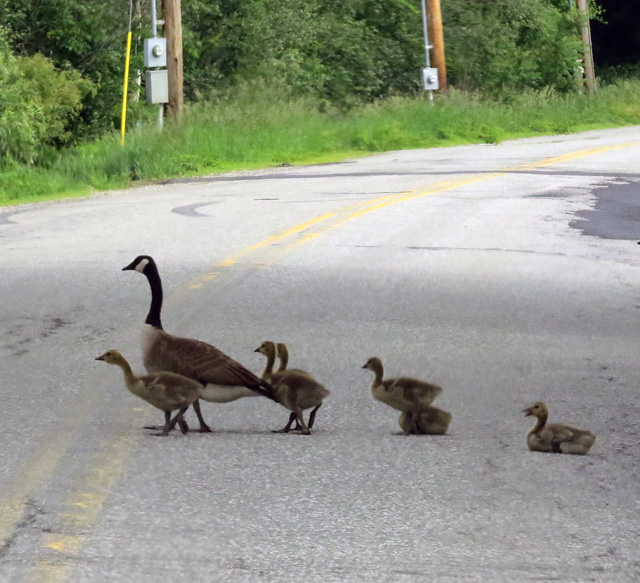
These CAGO’s were adjacent Lake Lamoille. The goslings sat on the roadway, waddled a bit, walked some more. They seemed pretty accustomed to vehicle traffic. The last one seems to be saying, “I’m tired!” (Taken through truck windshield)
There is a wonderful country road leading to the turn for our upholsters. Part way along, I came across this line of old bicycles, each with a planter in a handlebar basket or on the frame, and stopped on the highway for a couple of iPhone photos. “Only in Vermont”, I thought. It was certainly unique and rather lovely.
I dropped the couch off without problems and we did some more birding – sometimes just stopping at turnouts and listening. Bobolinks, Eastern Meadowlarks, even some Wild Turkeys graced one field. I got about 25 species for the county including a couple of Osprey on a platform nest and many warblers and vireos.
Heading home, I stopped to take this photo of a round barn just south of Morrisville which was restored by the Welch family. Over the years, we had watched it age and were excited to notice and hear about renovation work, which was mostly done by the family over a long period of time.
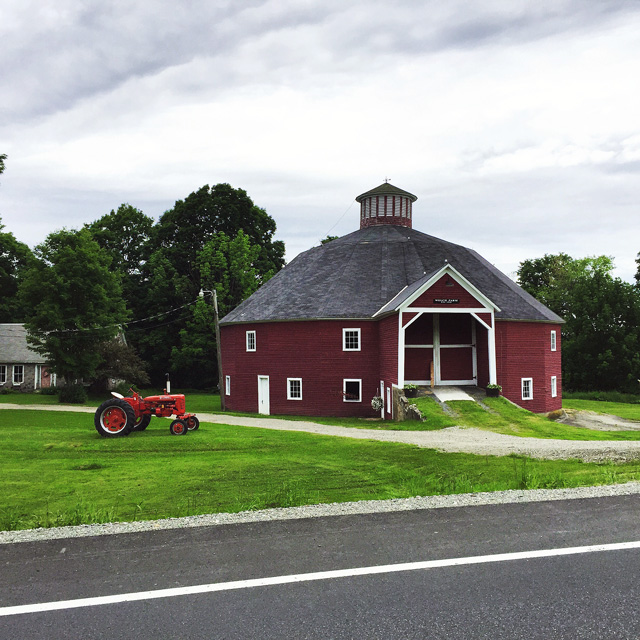
The barn was painted yellow 45 years ago but the Welch’s matched the original red stain that was there when it was built in 1916. It is a wonderful structure saved through a lot of hard work and is now available for weddings and other functions.

